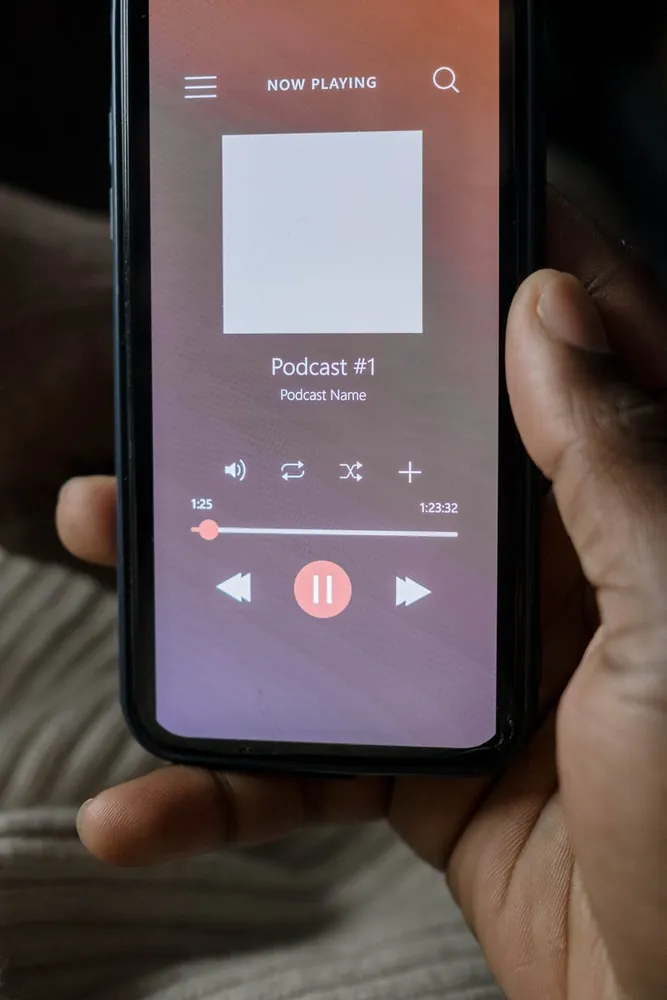Analyzing the Shift in Music Genres Driven by Streaming Services

The Dawn of a New Musical Era
The advent of streaming services has irrevocably changed the landscape of the music industry. Platforms like Spotify, Apple Music, and Tidal have not only democratized music access but also accelerated the evolution of music genres. The convenience of streaming has ushered in a new era where listener preferences are continuously shaping and reshaping musical styles at an unprecedented pace.
The Role of Algorithms in Music Discovery
Central to this transformation is the algorithm-driven recommendation systems employed by these platforms. Algorithms use complex data analytics to predict listener preferences, offering personalized playlists that introduce users to new music and artists they might not encounter otherwise. For example, Spotify's 'Discover Weekly' playlist leverages machine learning to curate a selection of songs tailored to individual tastes.
These algorithms excel in capturing and analyzing user data, such as listening habits, skip rates, and playlist additions, to refine their suggestions. While this can lead to greater exposure for emerging artists who might fit into a listener's profile, it can also narrow musical exploration if the algorithm overly prioritizes certain genres based on historical preferences.
The Rise of Genre-Blending
Another notable trend driven by streaming is the rise of genre-blending. As listeners are exposed to diverse musical styles via curated playlists, artists find inspiration in mixing elements from various genres. This cross-pollination has led to the emergence of hybrid genres such as country-rap (popularized by hits like Lil Nas X's "Old Town Road") and pop-punk revivals seen in collaborations between mainstream pop artists and rock bands.
Genre-blending offers artists creative freedom to innovate and attract a wider audience. However, it also poses challenges in classification and marketing, as traditional genre boundaries become increasingly blurred.
Impacts on Artist Visibility and Revenue
Challenges for Emerging Artists
While streaming platforms provide unprecedented access to global audiences, they also present visibility challenges for new artists. With over 70 million tracks available on Spotify alone, cutting through the noise to reach potential fans is no small feat.
- Pros: Accessibility to a global audience without the need for major label backing.
- Cons: Fierce competition for attention can lead to reliance on marketing strategies and playlist placements, often requiring significant financial investment.
For many, securing a spot on popular playlists can be a game-changer. However, the opaque nature of playlist curation processes and pay-to-play controversies create barriers for those without industry connections or promotional budgets.
Monetization and Revenue Streams
Streaming has drastically altered revenue models within the music industry. Traditional album sales have been largely supplanted by streams, which offer smaller per-play payouts to artists. This shift necessitates a re-evaluation of income strategies for musicians who must balance digital streams with other revenue streams like touring and merchandise sales.
Example: An independent artist may receive approximately $0.003 to $0.005 per stream on Spotify. To earn a sustainable income solely from streaming requires millions of plays monthly—a threshold few achieve without viral success.
Practical Tips for Navigating the Streaming Ecosystem
Embrace Data Analytics
Artists can harness the power of data analytics provided by streaming services to better understand their audience. Platforms like Spotify for Artists offer insights into demographics, listening behaviors, and geographical locations, enabling targeted marketing efforts.
By analyzing this data, musicians can identify key markets and tailor their promotional activities accordingly—whether through localized advertising or booking shows in regions where their music is most popular.
Cultivate Social Media Engagement
Complementary to streaming presence is robust social media engagement. Active interaction with fans on platforms like Instagram, TikTok, and Twitter can amplify reach and drive streams organically.
- Create shareable content that resonates with your audience, such as behind-the-scenes glimpses, live performances, or interactive Q&A sessions.
- Leverage viral challenges or trends on social media to boost visibility—TikTok has been instrumental in propelling numerous songs to chart-topping success through user-generated content.
The Trade-Offs for Listeners
A Personalized but Potentially Narrow Experience
The personalized nature of algorithm-driven recommendations is both a blessing and a curse. While they make discovering new music seamless, they may also create echo chambers where users are repeatedly exposed to similar styles, limiting broader musical exploration.
To counter this, listeners should occasionally seek out music beyond recommended playlists. Exploring curated playlists from other users or diving into lesser-known genres can broaden one's musical horizons.
The Commodification of Music Consumption
Streaming services have transformed music from a collection-based art form into a commodified service. The ease of accessing virtually any song at any time has diminished the perceived value of individual tracks or albums, impacting how listeners interact with music emotionally and financially.
Conclusion: A Dynamic Musical Landscape
The influence of streaming services on music genres and discovery cannot be understated. As algorithms continue to evolve and shape listener habits, the music industry must adapt to maintain diversity in both sound and artist representation. For artists, embracing the tools at their disposal while cultivating direct fan relationships will be crucial in navigating this ever-shifting landscape.
Ultimately, whether as creators or consumers, our approach to music is increasingly defined by digital access—a phenomenon that offers both exciting possibilities and intricate challenges in equal measure.
